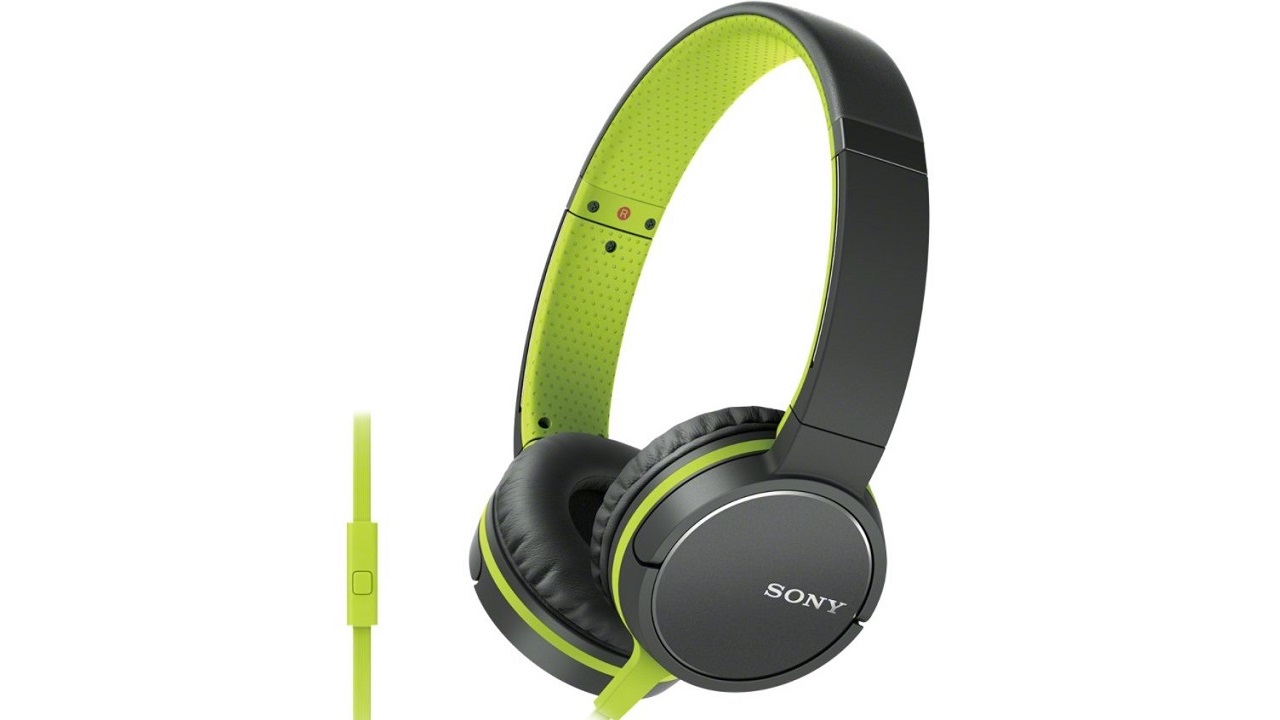

Sony mdr xz full#
As far as the phone goes, the Xperia XZ relies on a potent Snapdragon 820 CPU, 3 GB of RAM and a 5.2 inch Full HD display. They integrate a microphone and weigh 280 grams. There’s also a set of sealed earpads to keep the sound in and bundled with the gadget have a 1.2 meter long audio cable and a microUSB cable. The headphones come with extra bass, 20 hours of battery life, swivel cups and support for Bluetooth and NFC.
Sony mdr xz for free#
That one is priced at around $140 and some carriers and retailers bundle it for free with this phone.
Sony mdr xz manual#
Inside its box there’s the USB Type C cable, charger, manual and no headphones, since we have the other big headset. So the question remains: can Sony make a $15 full-size headphone an audiophile can love? Maybe, but the MDR-ZX100 misses the mark.Sony Xperia XZ is Sony’s current flagship, the fall flagship, priced at $700 on Amazon. Then again, CNET's David Carnoy regularly finds very decent headphones for less than $25. Fifteen bucks might just be too low for audiophile quality, but I will continue to search for greatness on the cheap. And 50 percent more expensive, so I'd go with the 8323. It was a close contest, the two headphones treat vocals, guitars, and horns well, but the 8323's treble and bass are more transparent and clear, but they are bigger and bulkier headphones. Thing is, I am a critic, so to finish up I compared the MDR-ZX100 with the $23 MonoPrice 8323 headphones with my iPod. As long as you don't compare them to anything you might be perfectly happy with the MDR-ZX100. When I just focused on the tunes and forgot about the price and turned off my inner critic, I enjoyed the sound. Then I plugged the MDR-ZX100 into the $249 Schiit Audio Asgard 2 headphone amp (review in the works) and that demonstrated just how good the MDR-ZX100 can sound.

On the upside, the MDR-ZX100's softer treble may make nasty sounding MP3s easier to take. The MDR-V6 is easier on the ears, has better resolution, it's sweeter and more comfortable, so if you can afford the difference, go for the MDR-V6. A quick comparison with the MDR-V6 revealed day and night differences between the two headphones. Yup, it's $15, so all of that is no surprise. The sound is stuck inside my head, tonally it's lightweight, and the treble isn't very clear or clean. The sound is decent, the main knock against the MDR-ZX100 is that it sounds a little "canned" plugged into my iPod Classic. The headphone weighs just 4.2 ounces, that's unusually light, but it's not hinged, so it'll take up a bit of room in your back-pack. The 48 inch long "Y" cable is permanently attached to both ear cups, the cable is a little thicker than average and reinforced where it meets the ear cups and 3.5 mm plug.
Sony mdr xz drivers#
The MDR-ZX100 is a closed-back design with 30 mm drivers and a 24 ohm rated impedance. The all-plastic design is available in black or white, and feels reasonably sturdy, but I doubt you'll be passing these down to your grand kids. The round ear pads' head clamping pressure is moderate so comfort is surprisingly good, I can wear these things for hours and not feel fatigued. The ear cups pivot vertically and horizontally, so they readily conform to most ear and head shapes. Then again, it's earned 1,100 five-star Amazon user reviews and just 70 one-star pans, so the MDR-ZX100 can't be too bad.Īs dirt cheap headphones go the MDR-ZX100 looks pretty good. The MDR-ZX100 is just a baby, and debuted a few years ago when Sony was churning out new models by the boatload, so quality is a lot more hit or miss. The MDR-V6 and MDR-7506 were both designed more than twenty years ago, when Sony was at the top of its game. I had no expectations it would threaten those two amazing Sonys, but at less than 20 percent of those headphones' current prices I was curious to see how much of the magic trickled down to the MDR-ZX100. We were both knocked out by Sony's MDR-V6 and MDR-7506headphones, so I bought a pair of MDR-ZX100s on Amazon for $15. I'm always on the lookout for great cheap headphones, so when CNET's Matthew Moskovciak suggested I try Sony's MDR-ZX100 I jumped at the chance.


 0 kommentar(er)
0 kommentar(er)
